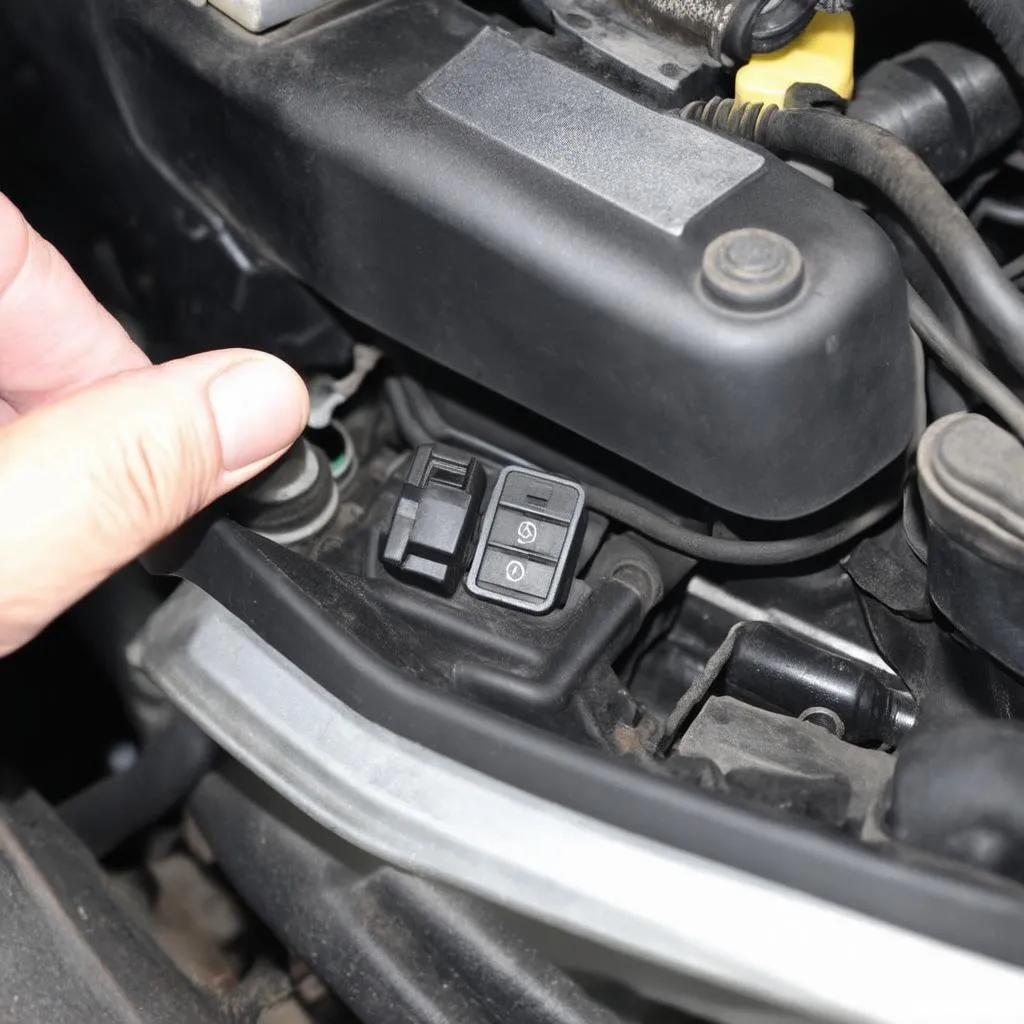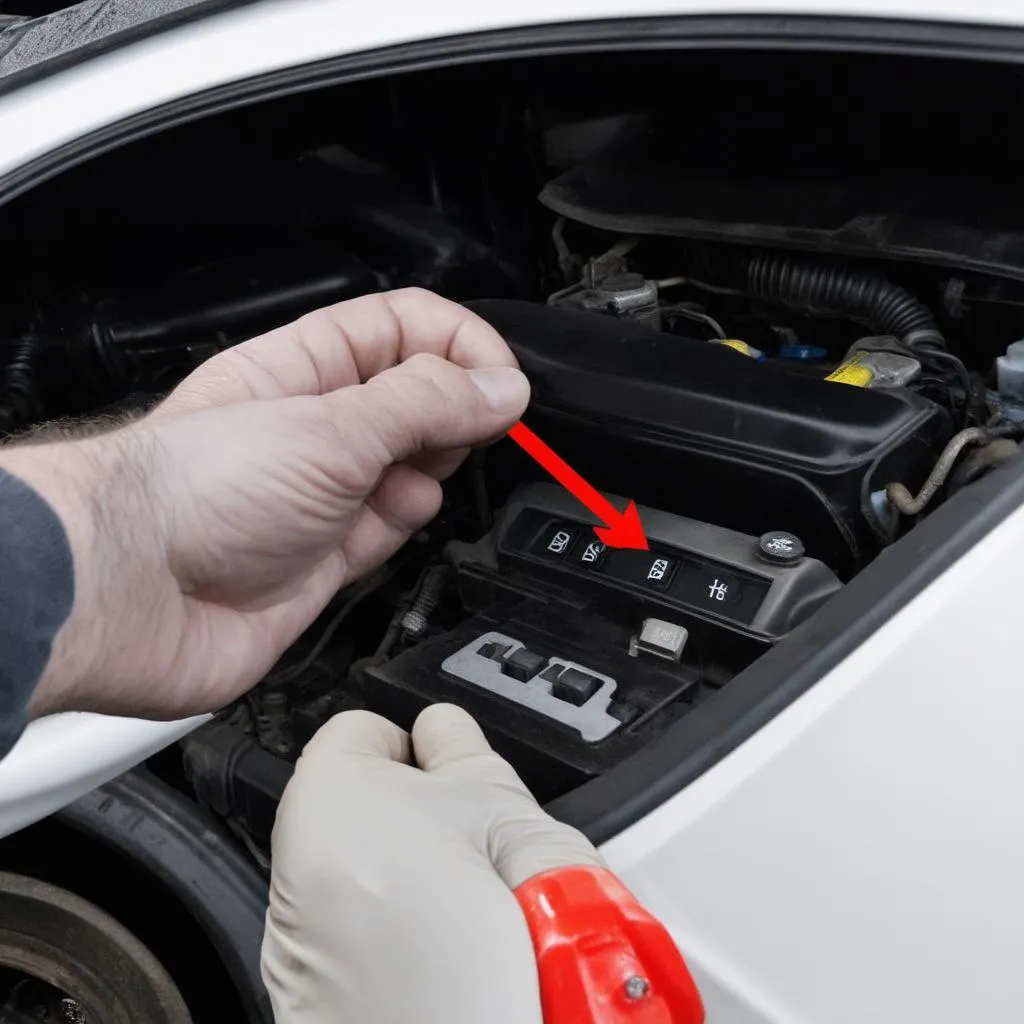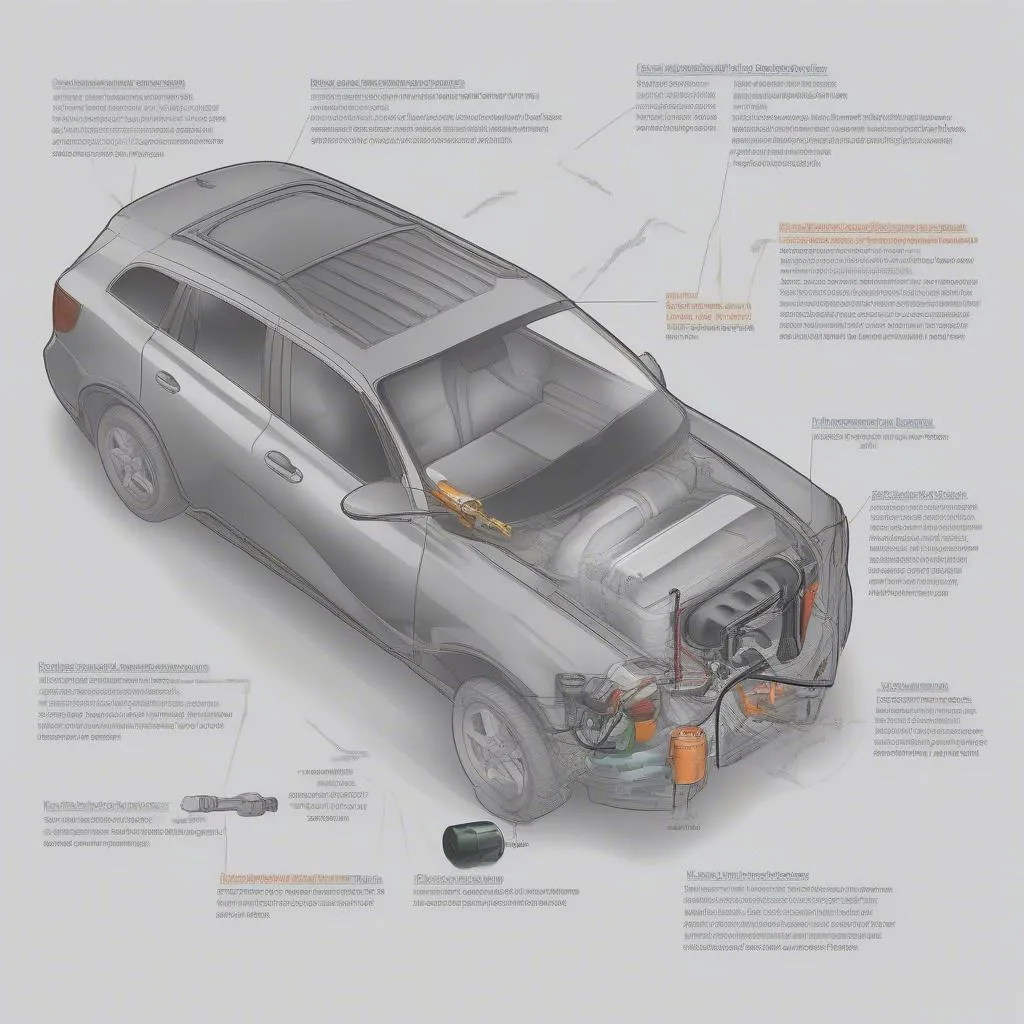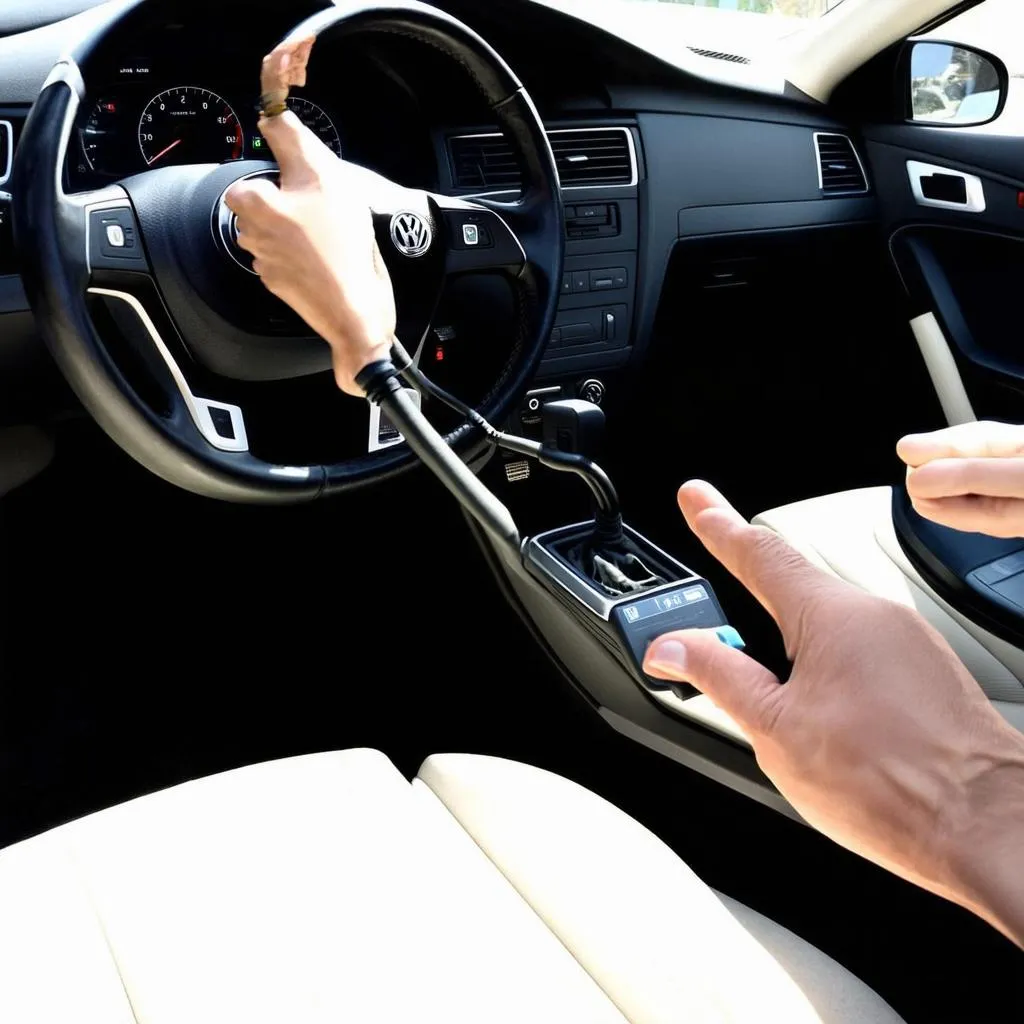The clutch switch, a small but crucial component in manual transmission vehicles, plays a vital role in ensuring smooth gear changes and overall vehicle safety. For those who utilize the VCDS (Vag-Com Diagnostic System), understanding the intricacies of the clutch switch and how to diagnose potential issues is paramount. Let’s delve into the world of the VCDS clutch switch, exploring its functionality, common problems, and diagnostic procedures.
What is a VCDS Clutch Switch?
Before we proceed, let’s clarify the term “VCDS clutch switch.” While the term itself is a combination of VCDS, a popular diagnostic software, and “clutch switch,” it essentially refers to using the VCDS software to diagnose and troubleshoot issues related to the clutch switch in Volkswagen, Audi, and other VAG group vehicles.
The clutch switch itself is a simple on/off switch positioned beneath the clutch pedal. When the clutch pedal is pressed, the switch closes, signaling to the vehicle’s Engine Control Unit (ECU) that the clutch is disengaged. This signal is crucial for several functions, including:
- Starting the Engine: Many vehicles require the clutch pedal to be depressed before the engine can be started. This safety feature prevents accidental starting while in gear.
- Cruise Control: The ECU needs to know when the clutch is disengaged to disengage the cruise control system, preventing sudden acceleration when changing gears.
- Reverse Lights: In some vehicles, the clutch switch signal is also used to activate the reverse lights when the vehicle is in reverse gear.
Common VCDS Clutch Switch Problems
A malfunctioning clutch switch can lead to a range of issues, impacting drivability and safety. Common problems include:
- Intermittent Starting Problems: A faulty switch may send inconsistent signals to the ECU, resulting in difficulty starting the engine.
- Cruise Control Malfunctions: If the ECU doesn’t receive the correct signal, it may prevent the cruise control from engaging or disengaging properly.
- Malfunctioning Reverse Lights: A bad clutch switch can cause the reverse lights to malfunction, either staying on constantly or not illuminating at all.
Diagnosing VCDS Clutch Switch Issues
The VCDS software proves to be an invaluable tool for diagnosing clutch switch problems. Here’s how you can use it:
-
Connect the VCDS Interface: Begin by connecting your VCDS interface to your vehicle’s OBD-II port, typically located under the dashboard.
-
Launch VCDS and Select Control Module: Turn on the ignition and launch the VCDS software on your computer. Navigate to the “Select Control Module” option.
-
Choose Engine or Transmission Control Module: Depending on your vehicle model, you’ll need to select either the Engine Control Module or the Transmission Control Module.
-
Access Measuring Blocks or Live Data: Look for options like “Measuring Blocks” or “Live Data.” These functions allow you to monitor real-time data from various sensors, including the clutch switch.
-
Locate Clutch Switch Status: Within the live data stream, locate the parameter that represents the clutch switch status. It’s often labeled as “Clutch Pedal Position” or something similar.
-
Press and Release the Clutch Pedal: Observe the value displayed for the clutch switch status as you press and release the clutch pedal. A functioning switch will show a clear change in status between “pressed” and “not pressed.”
Interpreting the Results
-
Switch Status Changes: If the status changes consistently as you operate the clutch pedal, the switch is likely functioning correctly.
-
No Status Change or Intermittent Changes: This suggests a potential problem with the clutch switch itself, requiring further investigation or replacement.
 Clutch Switch Location
Clutch Switch Location
Replacing a Faulty Clutch Switch
In most cases, replacing a faulty clutch switch is a straightforward process. However, it’s always recommended to consult your vehicle’s service manual or seek assistance from a qualified mechanic.
 Replacing Clutch Switch
Replacing Clutch Switch
Frequently Asked Questions
Q: Can I drive with a bad clutch switch?
A: While you may still be able to drive, it’s not recommended. A faulty clutch switch can affect starting, cruise control, and reverse lights, posing safety risks.
Q: How much does it cost to replace a clutch switch?
A: Clutch switches are relatively inexpensive, usually costing between $10 to $30. Labor costs for replacement can vary but are typically minimal.
Q: Can I test a clutch switch with a multimeter?
A: Yes, you can use a multimeter to test the continuity of the clutch switch. Set the multimeter to measure resistance (ohms). Disconnect the switch connector and touch the multimeter probes to the switch terminals. The resistance should change when the switch is pressed and released.
Conclusion
The VCDS clutch switch, though a small component, plays a crucial role in your vehicle’s operation and safety. By understanding its function and utilizing the powerful diagnostic capabilities of the VCDS software, you can effectively diagnose and address any potential issues, ensuring a smooth and safe driving experience.
For further assistance or to explore a range of diagnostic tools, including those from CARDIAGTECH, we encourage you to connect with the experts at CARDIAGTECH. They can provide tailored solutions for all your automotive diagnostic needs.


